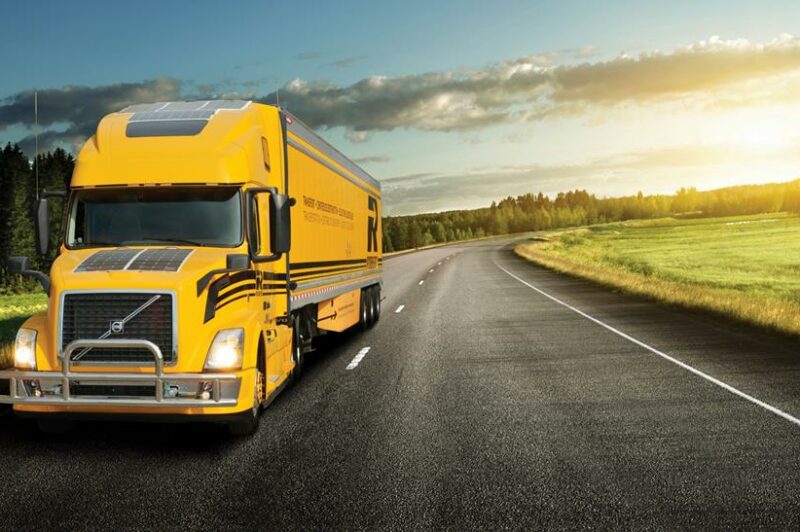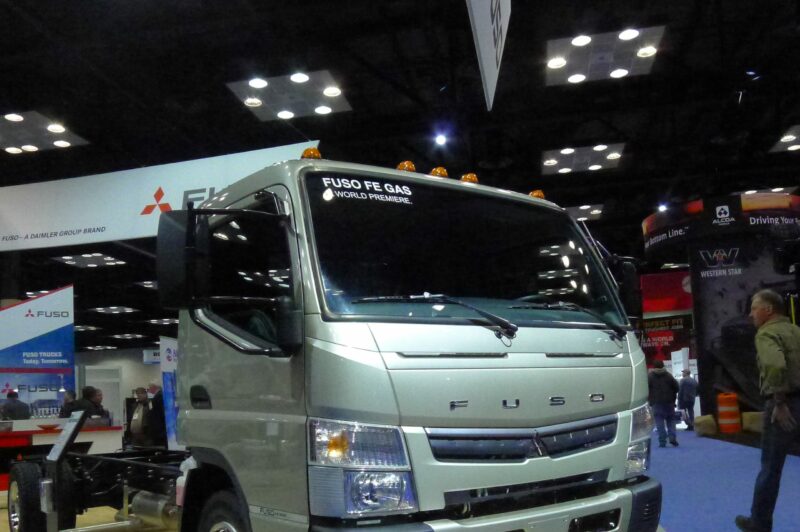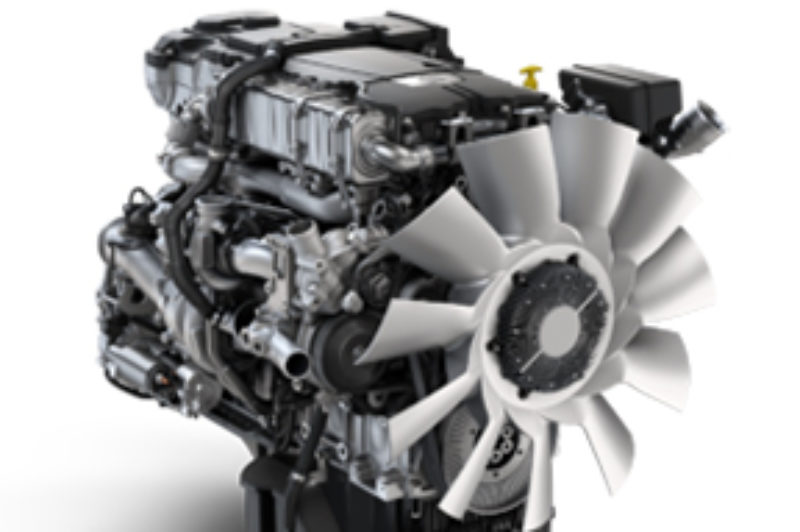Rolf Lockwood
Rolf Lockwood is editor emeritus of Today's Trucking and a regular contributor to Trucknews.com.
Eaton forms electric vehicle business unit
KALAMAZOO, Mich. -- The company we mostly know as a transmission manufacturer is set to capitalize on the growing vehicle electrification market. The Michigan-based outfit has created a new business unit called eMobility that will focus on intelligent power electronics, power systems, and advanced power distribution and circuit protection.
Skilled Trade? — Until trucking gets that moniker, we’re in trouble
The thing about proper training is that it makes the driving job legitimate, makes it seem like something worth doing. Our ability to attract new recruits will only increase if a strong training regime is in place. That's how I wrapped up last month's column -- "Training? What Training?" -- which garnered a lot of response. And a lot of agreement, especially on that point about legitimacy. If the job required serious training, graduates would think better of themselves, as would the public and the suits who govern how we do what we do.
Training? What Training?
Fault has not yet been assigned in the stunningly horrible crash that stole the lives of 16 Humboldt Broncos hockey club members and, while I have ideas, I won't engage in conjecture as to what went wrong on April 6. Inevitably the discussion has turned to driver training and the shameful fact that only Ontario has made it mandatory, though not until last year. The public is outraged, and I can't blame them. Many driving instructors are also angry about the reality of inadequate training. They're right to be critical. Hell, it wasn't so long ago that you could take the road test for your Ontario class A licence with a pickup truck pulling a fifth-wheel horse trailer out back. Ludicrous.

Here Comes the Sun: Does solar have a role as an alternative fuel?
TORONTO, Ont. -- In some corners of North America, the idea of adding solar power to a truck or trailer is a no-brainer. You'd be forgiven for thinking that none of those corners are in Canada. That's mostly true, but it doesn't necessarily mean that solar has no place here. Just that you must be careful in assessing manufacturer claims about what their solar gizmo can actually do. Almost all of Canada gets an average of 4.2 hours of solar sunlight a day. Two areas -- a small stretch of the southern prairies and a little ribbon of central B.C. -- crank that number up to 4.5 hours. Compare that to as many six hours in Arizona, New Mexico, and a patch of southeast California. Doesn't sound like much of a difference, but it's a big deal. A 300-watt solar setup that can help to run a tractor's electric APU in that part of the U.S. would probably have to be a 600- or 800-watt setup for a rig running, say, a Toronto-Montreal-Halifax route. It also means that manufacturer claims can be rather idealistic if calculations were based on experience in warm and sunny parts of our world. There's no subterfuge involved here, but “your mileage may vary,” as they say.
What’s the Rush? Are we moving too fast on autonomous vehicles?
Perspective is what prevents us from making lousy decisions and watching our stress levels rise as we try to cope with the fallout from those mistakes and misperceptions. Never before, I would argue, has perspective been as necessary as it is now. In life at large and certainly in this industry of ours.

Mitsubishi Fuso goes with gasoline
INDIANAPOLIS, Ind.-- Allowing that diesel still owns something like 60% of the medium-duty market, Mitsubishi Fuso thinks that there's a sizeable group of users who simply want the simplicity of gas engines. Just 'turn it on and go' is what they want, having no wish to fool with DEF tanks and the like.



Electric Avenues: Cummins sees future in diversity
COLUMBUS, IN -- If you're one of those who's been thinking that Cummins is a dead duck, and that's been the tone of more than a few conversations I've joined over recent years, think again. Nothing could be further from the truth. First off, the company presently maintains an 80% market share in the North American medium-duty market, more than 90% of the school and transit bus markets, and still a decent lead on the class-8 side of things with something like a 40% share through June of this year. Dead in the water? Not exactly. Globally, the company is very strong. In 2015 it manufactured more than a million engines in the heavy-duty, mid-range, and light-duty markets -- from 50 to 650 hp -- and nearly half of them were from its joint-venture partner plants around the world.